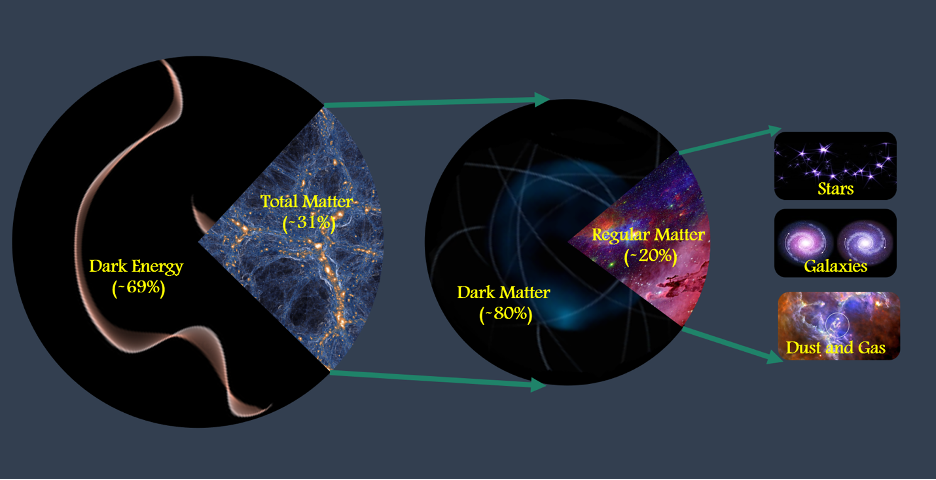
A top goal in cosmology is to precisely measure the total amount of matter in the universe, a daunting exercise for even the most mathematically proficient. A team led by scientists at the University of California, Riverside, has now done just that
Reporting in the Astrophysical Journal, the team determined that matter makes up 31% of the total amount of matter ...
Read More









Recent Comments